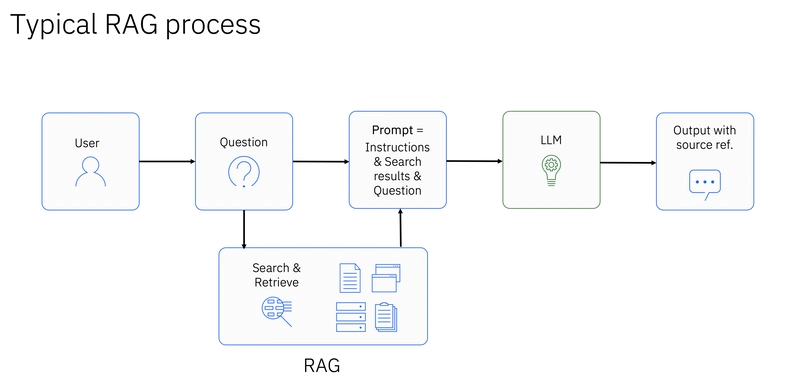What Makes the Best Patent Search Tool in 2025?
Introduction In the ever-evolving landscape of intellectual property, staying ahead requires more than just legal expertise—it demands the right tools. Patent attorneys, particularly those focused on invalidation or opposition cases, know that finding the best patent search tool can significantly impact case outcomes. But with a surge in AI-driven and data-enriched platforms, how do you choose the right one in 2025? This comparison guide dives deep into the top patent search tools tailored for invalidation. From evaluating AI accuracy to assessing global database coverage and user experience, we’ll break down everything you need to make an informed decision. By the end of this article, you’ll understand what makes the best patent search tool in 2025 and which platforms offer the features that align with your practice needs. Quick Takeaways Invalidation-focused patent search tools must provide deep prior art discovery, global coverage, and legal-status tracking. AI-enhanced semantic search and claim mapping are now essential for efficient prior art invalidation. Top contenders in 2025 include PatSnap, Derwent Innovation, and PQAI, offering cutting-edge AI and global patent databases. User experience matters—tools with visualizations, citation graphs, and collaborative features outperform legacy interfaces. Cost-effectiveness is key: many offer modular pricing, trials, and academic access. No single tool is perfect; the best solution often combines platforms for comprehensive coverage. Comparison Criteria: What Makes a Tool “Best” for Invalidation? Legal Precision Meets Technological Efficiency When a patent attorney conducts invalidation research, the stakes are high. The ideal tool must offer more than keyword search—it must: Support semantic search for concept-level matching. Include claim comparison tools for pinpointing conflicting prior art. Provide legal status tracking to determine enforceability. Key Evaluation Metrics Search Accuracy: Is AI reliably surfacing relevant documents? Database Breadth: Are older, obscure, or non-English patents indexed? Speed and Usability: How quickly can you iterate searches? Export and Reporting: Are results easily citable or exportable into briefs? Top Patent Search Tools in 2025 1. PatSnap PatSnap remains a leading choice for R&D-driven invalidation strategies. It combines semantic search, image recognition, and citation graphs. Long-tail keyword: semantic patent analysis Unique Feature: Its landscape visualizer maps overlapping claims graphically. Limitation: Heavier learning curve for legal-focused users. 2. Derwent Innovation (Clarivate) Used by global law firms, Derwent excels in curated value-added patent abstracts. Long-tail keyword: value-added patent databases Unique Feature: Human-edited abstracts and claims make search result parsing faster. Bonus: Integration with Web of Science and IP case law modules. 3. PQAI (Patent Quality AI) An open-source AI platform from ATC Labs focused on prior art invalidation. Long-tail keyword: AI-driven patent invalidation Unique Feature: Public and transparent AI matching logic. Drawback: Still in beta—some UI and export features underdeveloped. 4. IamIP A European tool with strong EP patent coverage and real-time alerts. LSI: EP validation monitoring Unique Feature: Workflow collaboration for in-house legal teams. 5. Lens.org A free, academic-driven platform with legal status, global coverage, and BibTeX export. Long-tail: open patent search platforms Benefit: Full-text search in 12+ languages. AI-Powered Semantic Search: The New Standard How AI Transforms Patent Research In 2025, machine learning and NLP models allow tools to interpret concepts, not just terms. Tools like PQAI and PatSnap now support input like “wireless energy transfer” and return filings not using those words. Legal Benefit for Invalidation For invalidation, this unlocks: Hidden prior art that escapes Boolean queries. Cross-language detection (e.g., Japanese or German filings). Reduced false positives through ranking algorithms. Global Coverage: Beyond USPTO and EPO Must-Have Jurisdictions Top tools now index WIPO, CNIPA, JPO, KIPO, and regional filings. For invalidation cases involving international markets, this is vital. Case Study: A 2024 invalidation of a smart sensor patent used an obscure 2011 CNIPA filing uncovered via Lens.org. Multilingual Capabilities Some tools, like Derwent and Lens.org, support auto-translation and cross-lingual matching. Legal-Grade Claim Comparison Tools Features to Expect Side-by-side claim mapping Highlighting of novelty overlaps Exportable analysis for court filing Tools Doing it Right PatSnap’s “Claim Tree” Derwent’s “Claim Compare”

Introduction
In the ever-evolving landscape of intellectual property, staying ahead requires more than just legal expertise—it demands the right tools. Patent attorneys, particularly those focused on invalidation or opposition cases, know that finding the best patent search tool can significantly impact case outcomes. But with a surge in AI-driven and data-enriched platforms, how do you choose the right one in 2025?
This comparison guide dives deep into the top patent search tools tailored for invalidation. From evaluating AI accuracy to assessing global database coverage and user experience, we’ll break down everything you need to make an informed decision. By the end of this article, you’ll understand what makes the best patent search tool in 2025 and which platforms offer the features that align with your practice needs.
Quick Takeaways
- Invalidation-focused patent search tools must provide deep prior art discovery, global coverage, and legal-status tracking.
- AI-enhanced semantic search and claim mapping are now essential for efficient prior art invalidation.
- Top contenders in 2025 include PatSnap, Derwent Innovation, and PQAI, offering cutting-edge AI and global patent databases.
- User experience matters—tools with visualizations, citation graphs, and collaborative features outperform legacy interfaces.
- Cost-effectiveness is key: many offer modular pricing, trials, and academic access.
- No single tool is perfect; the best solution often combines platforms for comprehensive coverage.
Comparison Criteria: What Makes a Tool “Best” for Invalidation?
Legal Precision Meets Technological Efficiency
When a patent attorney conducts invalidation research, the stakes are high. The ideal tool must offer more than keyword search—it must:
- Support semantic search for concept-level matching.
- Include claim comparison tools for pinpointing conflicting prior art.
- Provide legal status tracking to determine enforceability.
Key Evaluation Metrics
- Search Accuracy: Is AI reliably surfacing relevant documents?
- Database Breadth: Are older, obscure, or non-English patents indexed?
- Speed and Usability: How quickly can you iterate searches?
- Export and Reporting: Are results easily citable or exportable into briefs?
Top Patent Search Tools in 2025
1. PatSnap
PatSnap remains a leading choice for R&D-driven invalidation strategies. It combines semantic search, image recognition, and citation graphs.
- Long-tail keyword: semantic patent analysis
- Unique Feature: Its landscape visualizer maps overlapping claims graphically.
- Limitation: Heavier learning curve for legal-focused users.
2. Derwent Innovation (Clarivate)
Used by global law firms, Derwent excels in curated value-added patent abstracts.
- Long-tail keyword: value-added patent databases
- Unique Feature: Human-edited abstracts and claims make search result parsing faster.
- Bonus: Integration with Web of Science and IP case law modules.
3. PQAI (Patent Quality AI)
An open-source AI platform from ATC Labs focused on prior art invalidation.
- Long-tail keyword: AI-driven patent invalidation
- Unique Feature: Public and transparent AI matching logic.
- Drawback: Still in beta—some UI and export features underdeveloped.
4. IamIP
A European tool with strong EP patent coverage and real-time alerts.
- LSI: EP validation monitoring
- Unique Feature: Workflow collaboration for in-house legal teams.
5. Lens.org
A free, academic-driven platform with legal status, global coverage, and BibTeX export.
- Long-tail: open patent search platforms
- Benefit: Full-text search in 12+ languages.
AI-Powered Semantic Search: The New Standard
How AI Transforms Patent Research
In 2025, machine learning and NLP models allow tools to interpret concepts, not just terms. Tools like PQAI and PatSnap now support input like “wireless energy transfer” and return filings not using those words.
Legal Benefit for Invalidation
For invalidation, this unlocks:
- Hidden prior art that escapes Boolean queries.
- Cross-language detection (e.g., Japanese or German filings).
- Reduced false positives through ranking algorithms.
Global Coverage: Beyond USPTO and EPO
Must-Have Jurisdictions
Top tools now index WIPO, CNIPA, JPO, KIPO, and regional filings. For invalidation cases involving international markets, this is vital.
- Case Study: A 2024 invalidation of a smart sensor patent used an obscure 2011 CNIPA filing uncovered via Lens.org.
Multilingual Capabilities
Some tools, like Derwent and Lens.org, support auto-translation and cross-lingual matching.
Legal-Grade Claim Comparison Tools
Features to Expect
- Side-by-side claim mapping
- Highlighting of novelty overlaps
- Exportable analysis for court filing
Tools Doing it Right
- PatSnap’s “Claim Tree”
- Derwent’s “Claim Compare”
- PQAI’s AI-generated claim similarity scores
Visualization and Collaboration Features
Boosting Legal Analysis with Visuals
Attorneys benefit from visuals like:
- Citation networks to trace patent families
- Timeline charts of filing and litigation
- Heatmaps for jurisdiction activity
Tools with Collaboration Modes
- IamIP: Assign review tasks across teams
- PatSnap: Add annotations and shared folders
Cost and Licensing Considerations
Pricing Models
- Modular licenses (e.g., add AI search or litigation data)
- Academic discounts (e.g., Lens.org, PQAI)
- Enterprise vs. solo attorney pricing
ROI Justification
The cost is justified by:
- Time saved in search iteration
- Case win rate increase via better prior art
Our Verdict: Best Tool Combinations by Use Case
Solo IP Practitioners
Use Lens.org + PQAI (Free + AI)
Corporate IP Counsel
IamIP + PatSnap (workflow + visual analysis)
Litigation-Focused Attorneys
Derwent + PQAI (human-curated + AI triangulation)
Bonus Tip
Always test search terms across two platforms before narrowing invalidation strategy.
Conclusion
In 2025, patent search tools have evolved into intelligent, AI-augmented assistants capable of surfacing nuanced prior art for invalidation. Whether you're a solo IP attorney or part of a corporate legal team, the stakes are too high for subpar search performance. The best tools now combine semantic search, global jurisdiction coverage, claim comparison, and visual analytics.
There's no one-size-fits-all solution—but combining the right platforms can give you the edge in litigation, opposition, and strategy. Start by defining your workflow needs, testing free tools, and layering AI-powered insights on top of curated databases.
Ready to supercharge your invalidation strategy? Trial at least two platforms and experience the difference that precision tools make.
Frequently Asked Questions (FAQs)
1. What features define the best patent search tool in 2025?
Top tools offer AI-powered semantic search, claim mapping, global coverage, and legal-status tracking.
2. How do AI-driven tools improve invalidation research?
They interpret concepts, not just keywords, and uncover cross-lingual prior art often missed by Boolean searches.
3. Is there a free patent search tool suitable for invalidation?
Yes. Lens.org and PQAI offer robust, AI-driven features ideal for early-stage invalidation research.
4. Can I use more than one patent search platform?
Absolutely. In fact, combining tools (e.g., PQAI + Derwent) improves both coverage and accuracy.
5. Are these tools suitable for non-U.S. jurisdictions?
Yes, most top tools index WIPO, CNIPA, EPO, JPO, and more, with multilingual search support.
Engagement Message
We’d love to hear from you! What has been your go-to patent search tool for invalidation cases—and why? Drop your thoughts in the comments or share this article with a colleague.
If this guide helped you sharpen your IP strategy, share it on LinkedIn or Twitter and tag a fellow patent attorney!
Visual Concepts
Image 1: Infographic - “Key Features That Define the Best Patent Search Tools in 2025”
Alt text: Key features of top patent search tools in 2025
Visual elements: Icons for AI search, claim comparison, multilingual support, global coverage, and cost-effectiveness.
Image 2: Diagram - “Patent Search Tool Match by Use Case”
Alt text: Patent search tool recommendations by attorney type
Visual elements: Matrix comparing tools (PatSnap, PQAI, Derwent, Lens.org) by solo, firm, or corporate use.
Image 3: Flowchart - “AI Semantic Search in Action”
Alt text: Flowchart of AI-powered semantic patent search
Visual elements: Arrows from search input → NLP analysis → concept extraction → global results.
References
- Clarivate Analytics. "Derwent Innovation: Global Patent Intelligence." https://clarivate.com/derwent
- PQAI Project. "Patent Quality AI." https://pqai.ai
- Lens.org. "Open Patent Search for Everyone." https://lens.org
- PatSnap. "AI-Powered Intellectual Property Intelligence." https://www.patsnap.com
- IamIP. "IP Intelligence Platform." https://www.iamip.com

















































_courtesy_VERTICAL.jpg)





















































































































![[The AI Show Episode 145]: OpenAI Releases o3 and o4-mini, AI Is Causing “Quiet Layoffs,” Executive Order on Youth AI Education & GPT-4o’s Controversial Update](https://www.marketingaiinstitute.com/hubfs/ep%20145%20cover.png)














































































































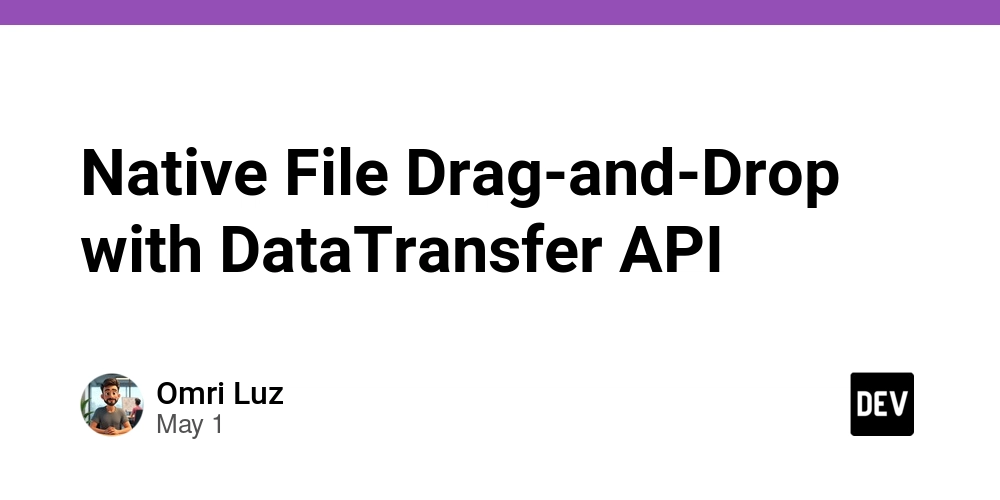















![[DEALS] Mail Backup X Individual Edition: Lifetime Subscription (72% off) & Other Deals Up To 98% Off – Offers End Soon!](https://www.javacodegeeks.com/wp-content/uploads/2012/12/jcg-logo.jpg)













































































































































_Andreas_Prott_Alamy.jpg?width=1280&auto=webp&quality=80&disable=upscale#)







































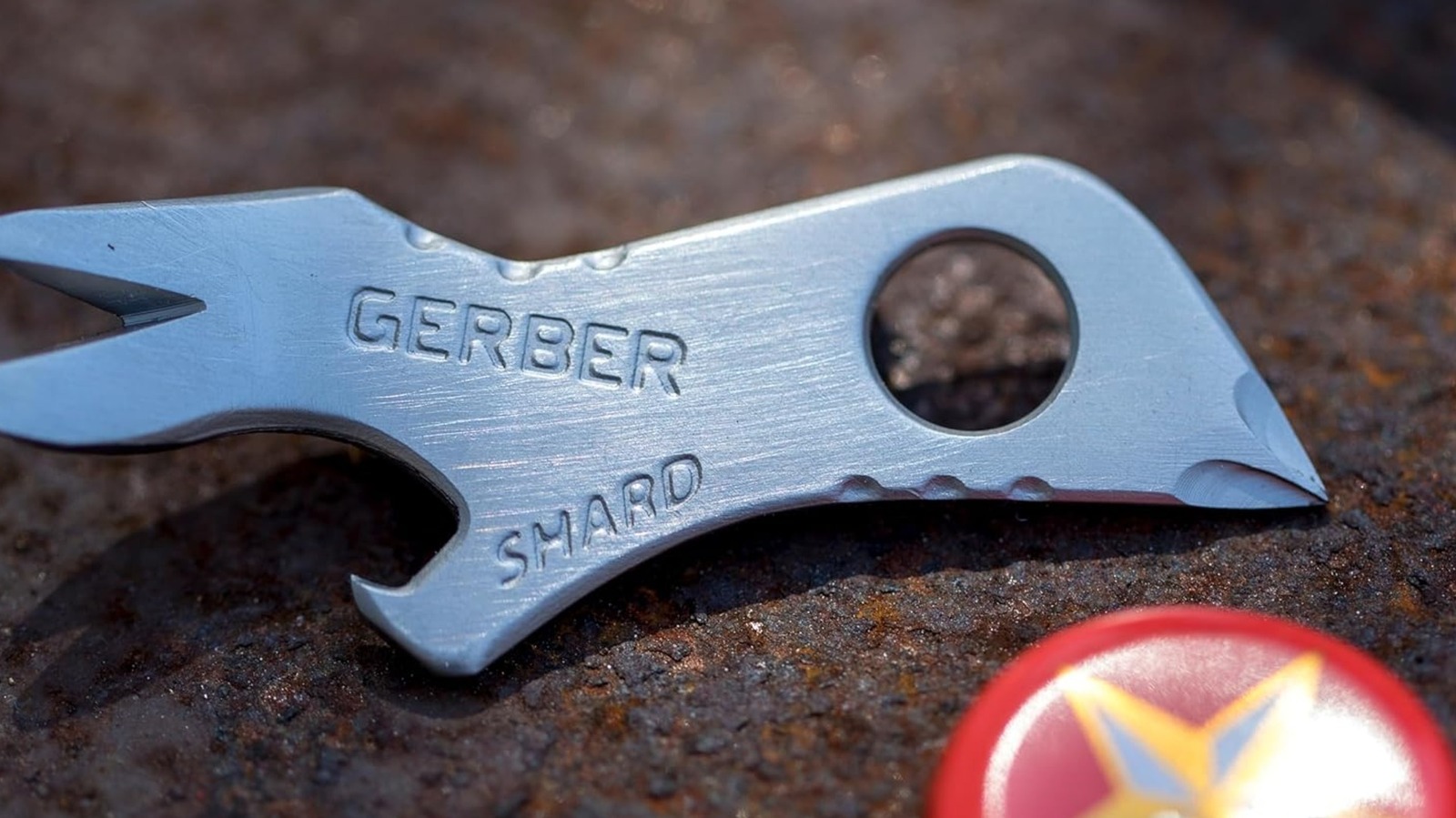

































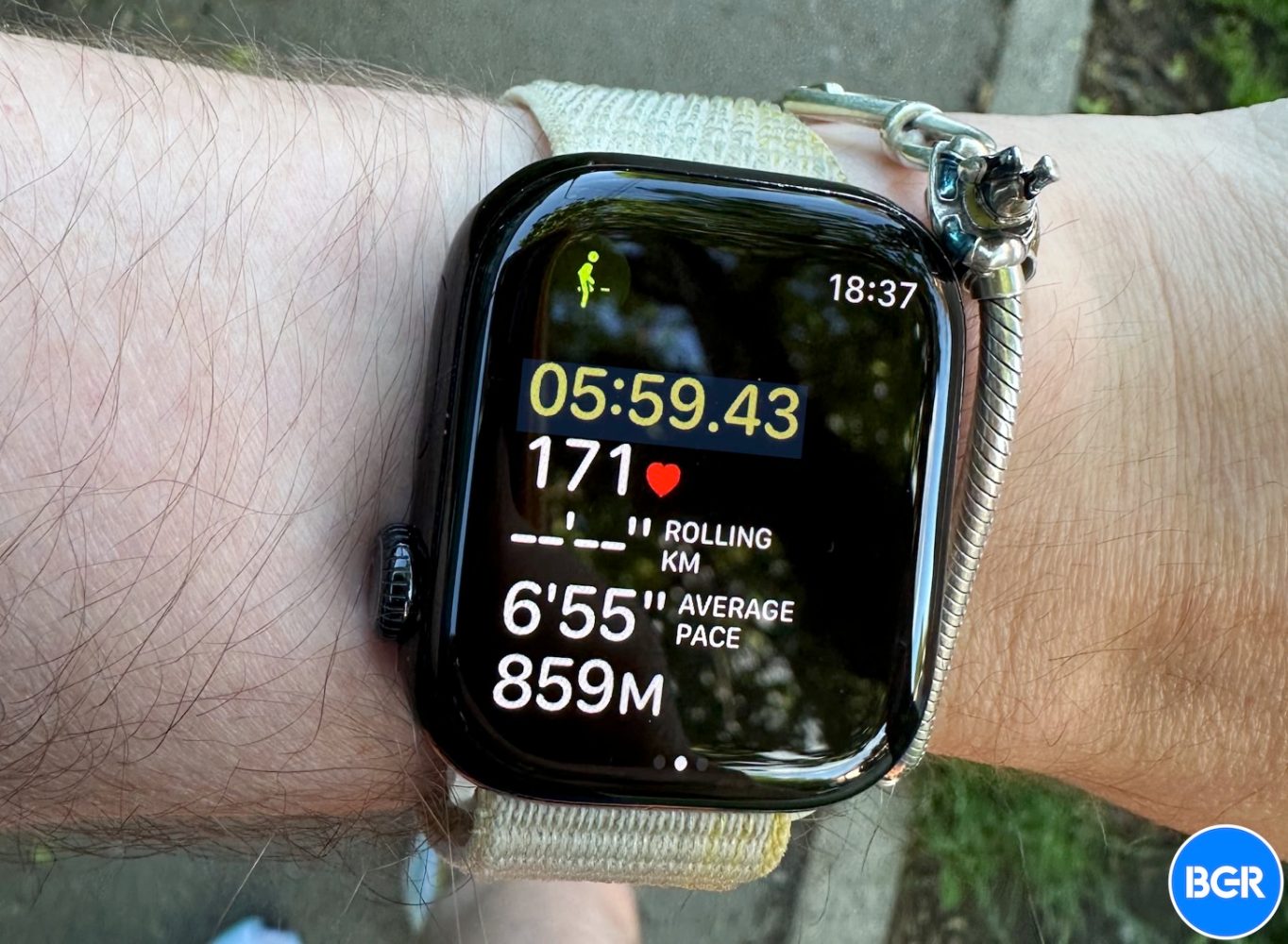











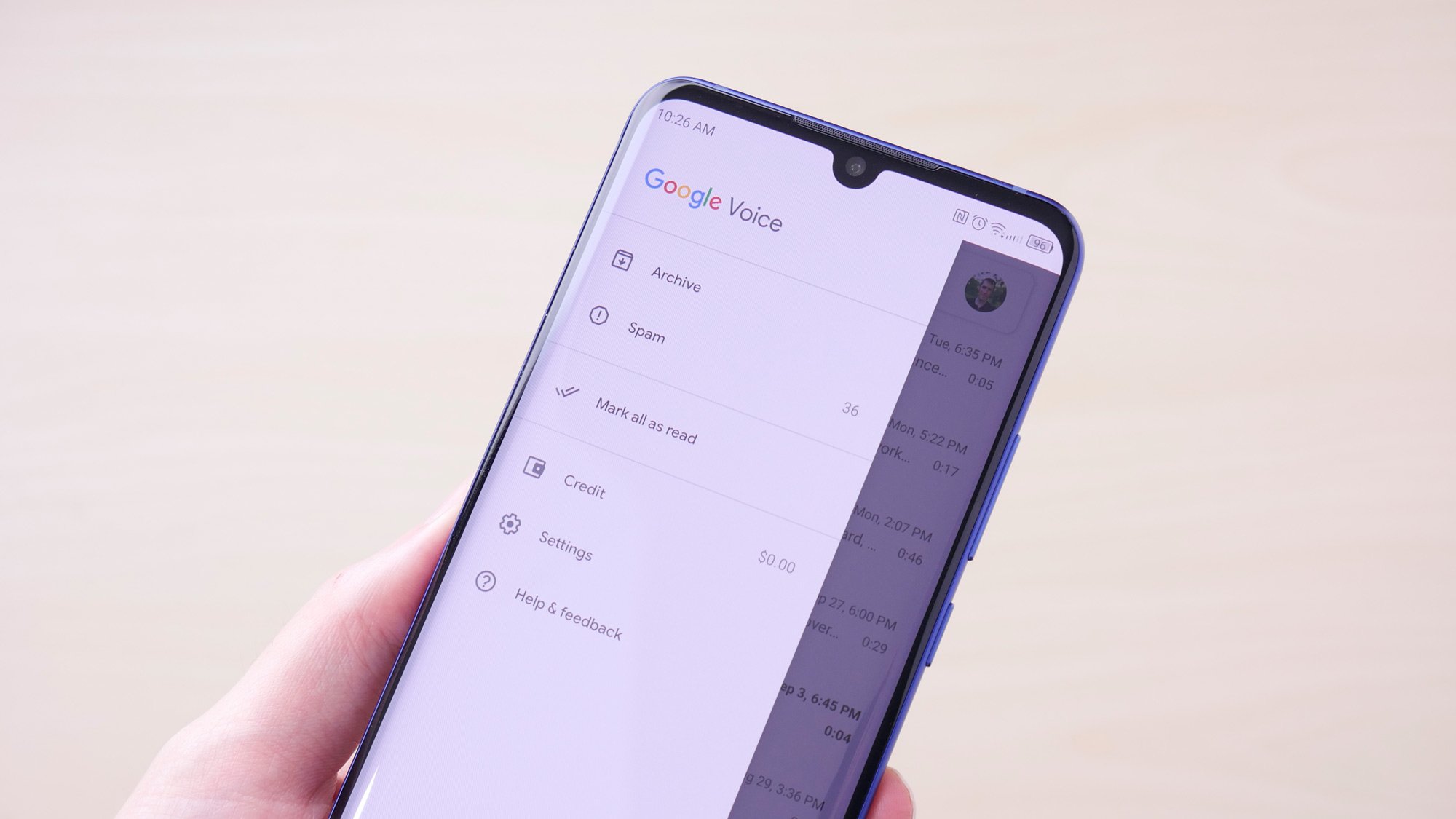
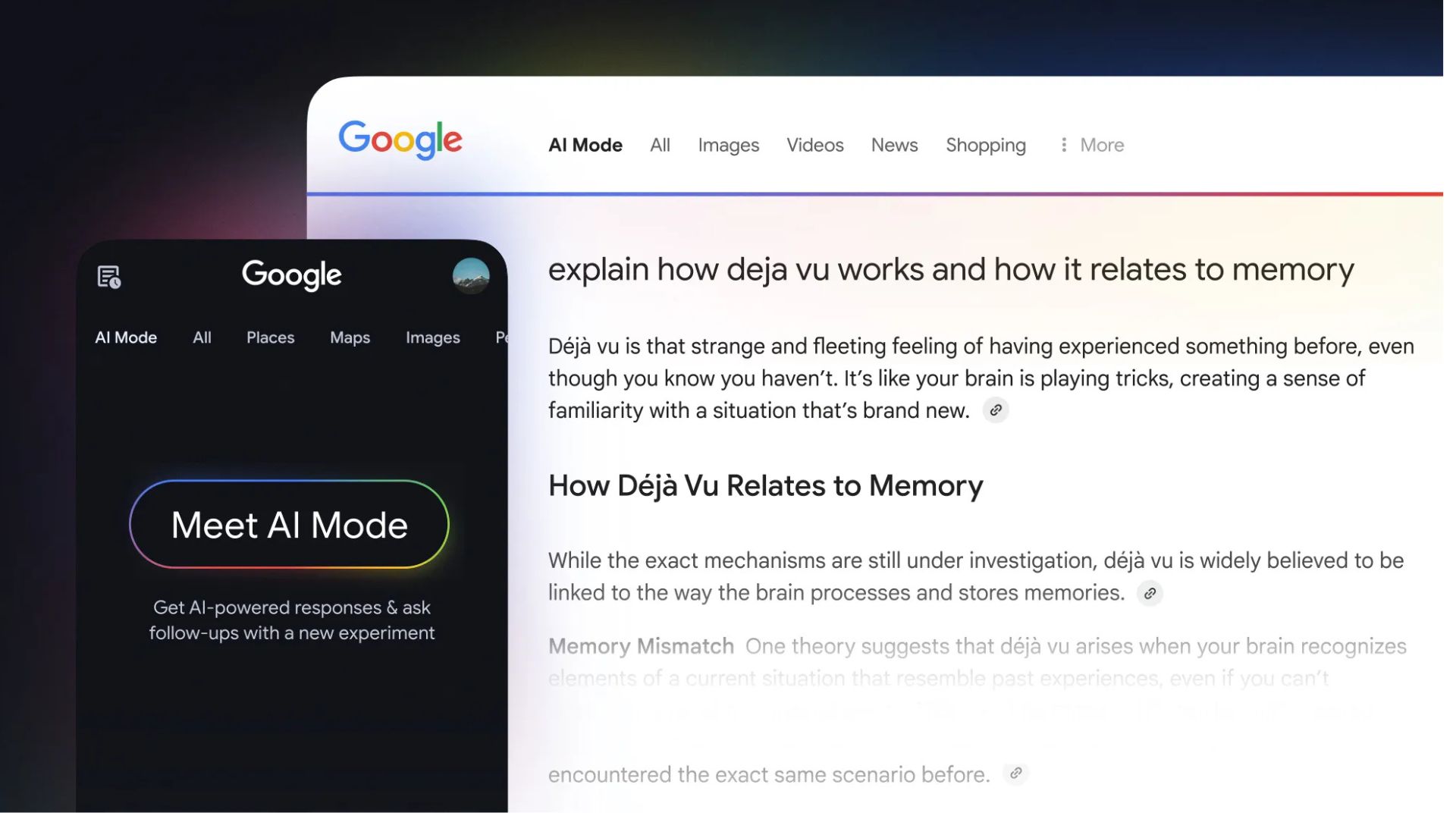
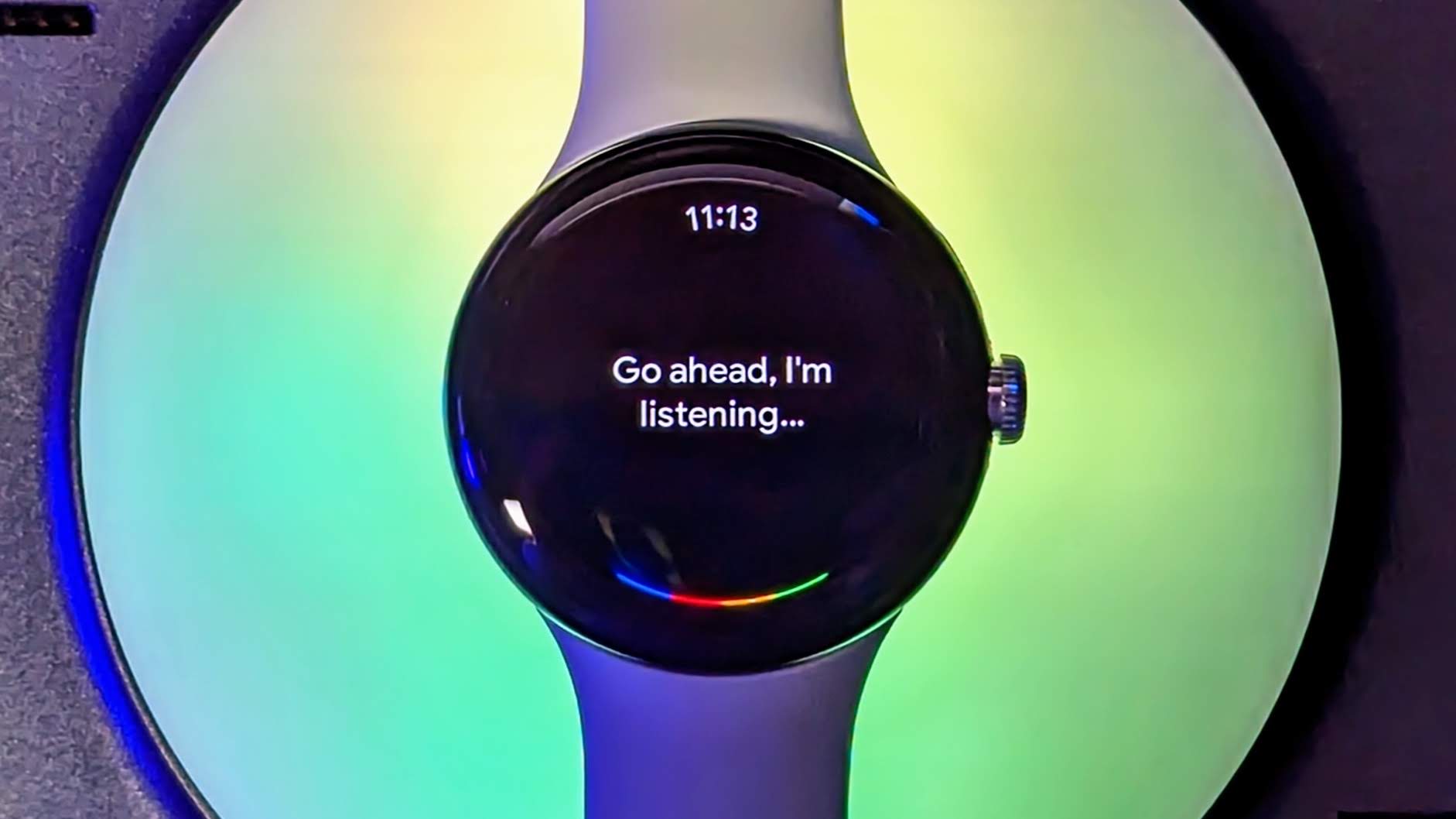

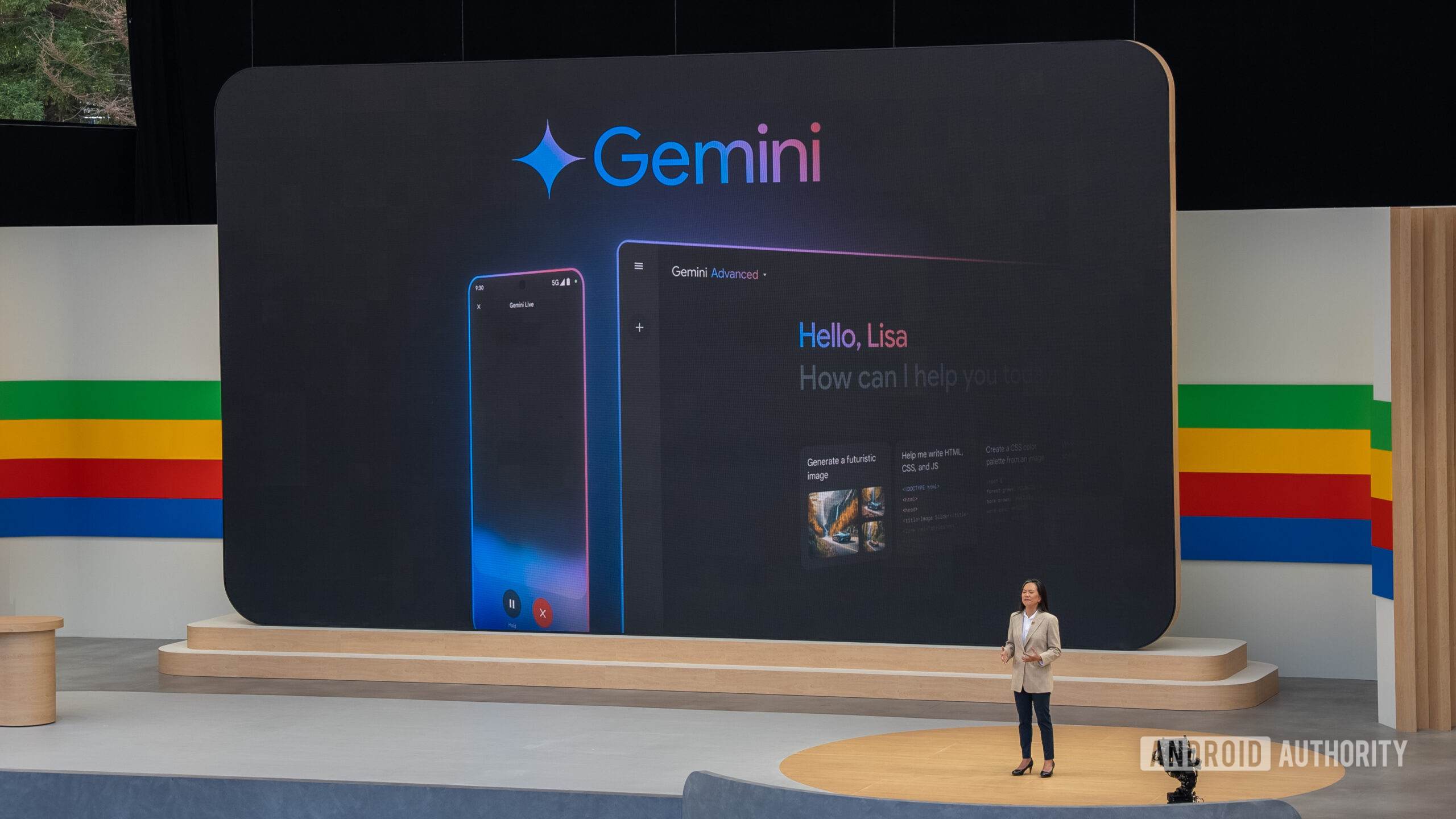






















![Apple Ships 55 Million iPhones, Claims Second Place in Q1 2025 Smartphone Market [Report]](https://www.iclarified.com/images/news/97185/97185/97185-640.jpg)






































































































